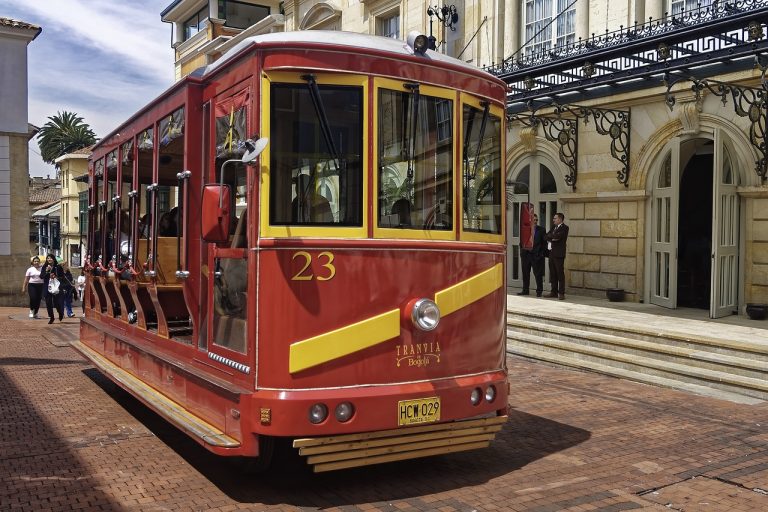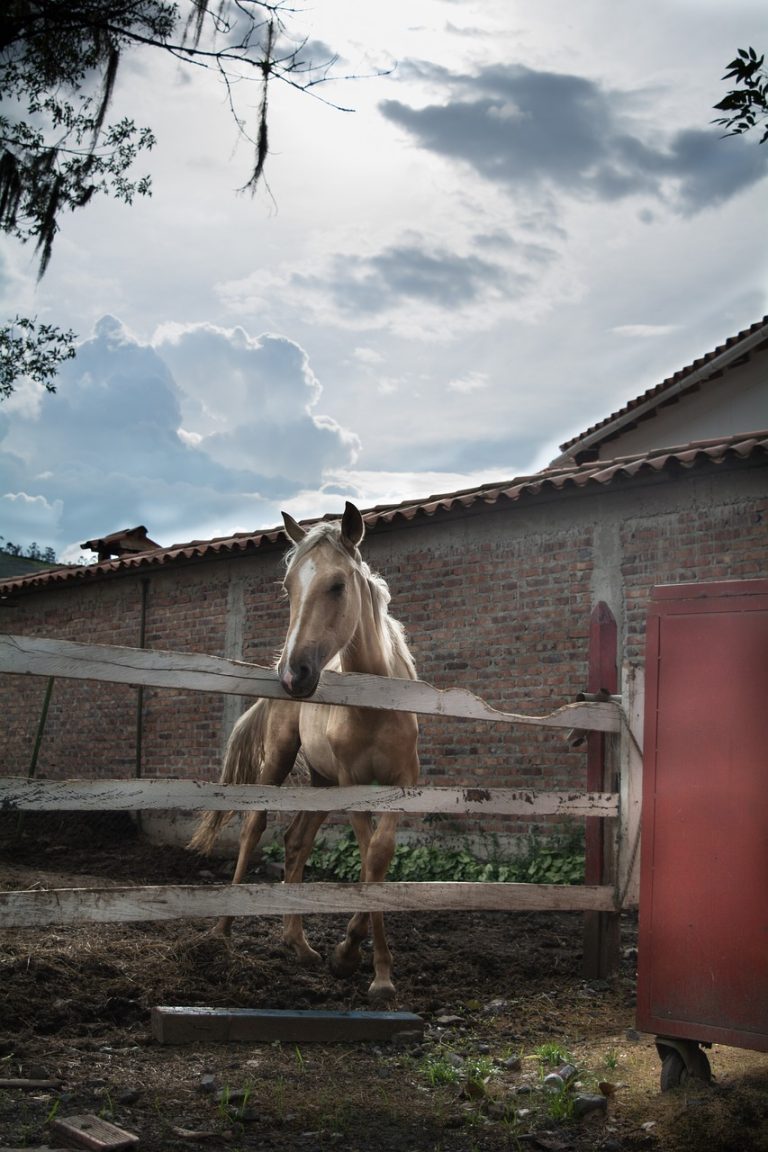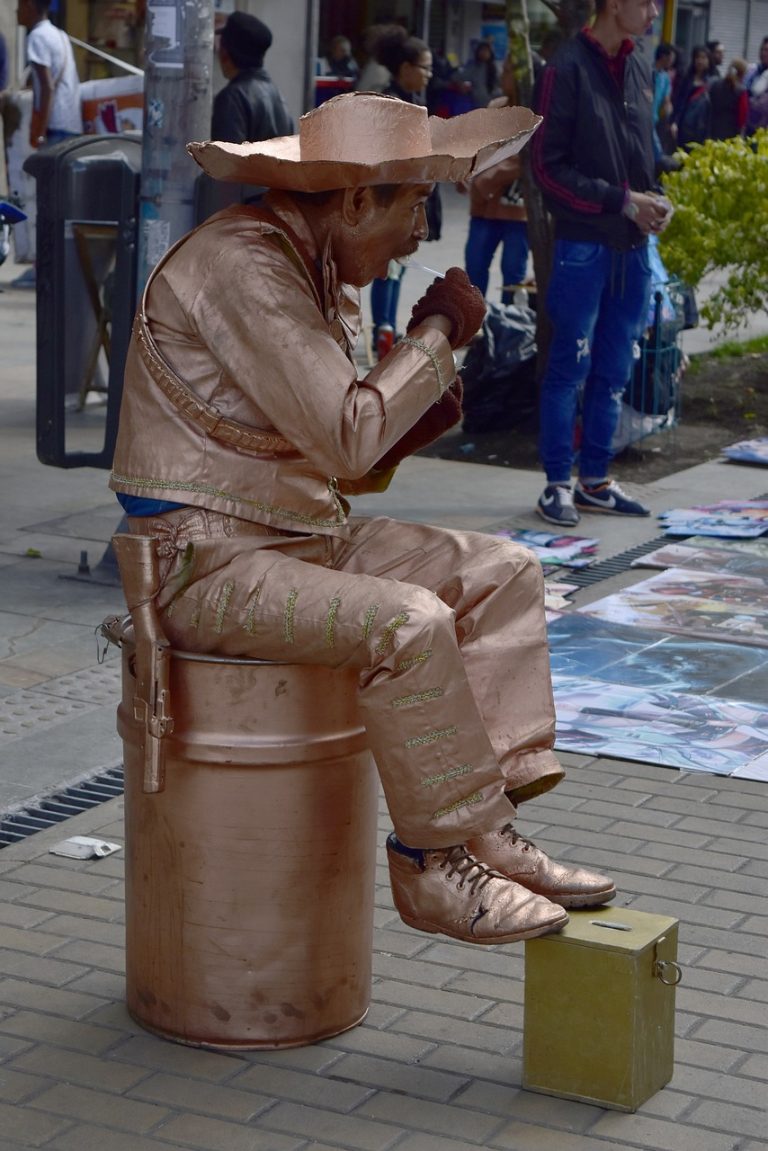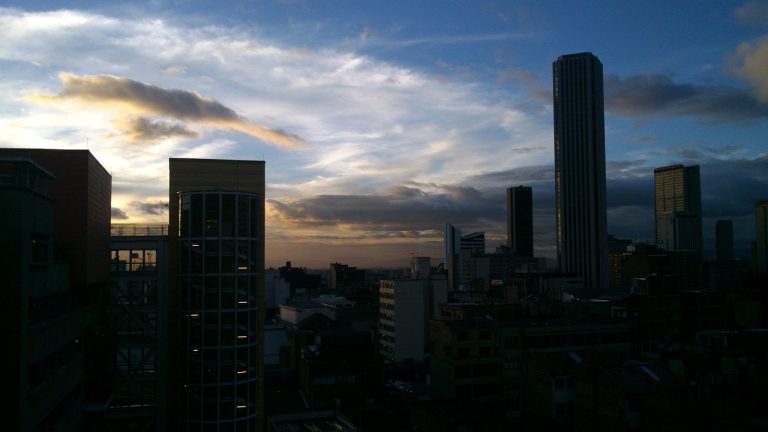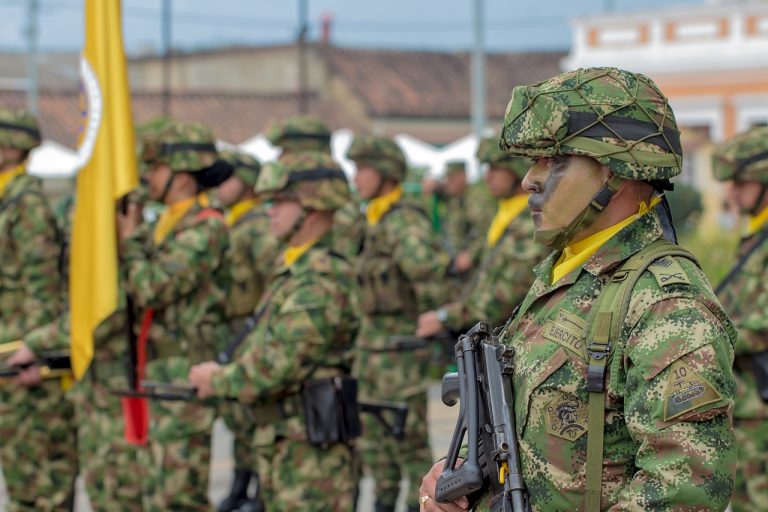Bogota Colombia Video
Bogota, the capital city of Colombia, is a vibrant and culturally rich destination with a fascinating history. Throughout the city, there are numerous historical landmarks that showcase its heritage and contribute to its unique charm. In this article, we will take a deep dive into some of the most significant historical landmarks of Bogota, Colombia.
La Candelaria
La Candelaria is the historic center of Bogota and a must-visit for anyone interested in the city’s history. This neighborhood is home to a wealth of architectural gems, including colonial houses, churches, and government buildings. Walking through the cobblestone streets of La Candelaria feels like stepping back in time. Some notable landmarks in this area include:
- Plaza de Bolivar: The main square of Bogota, Plaza de Bolivar, is surrounded by important buildings such as the Cathedral Primada, the National Capitol, and the Palacio de Justicia.
- Museo Botero: This museum houses an extensive collection of artwork by renowned Colombian artist Fernando Botero, including his signature oversized sculptures and paintings.
- Chorro de Quevedo: Considered the birthplace of Bogota, Chorro de Quevedo is a small square where the city was founded in 1538. It is a popular meeting spot and a hub of cultural activities.
La Candelaria is a vibrant neighborhood that perfectly encapsulates the historical essence of Bogota.
Bogota Colombia Image 1: 
Gold Museum
The Gold Museum, or Museo del Oro, is a world-renowned museum dedicated to showcasing the rich pre-Columbian heritage of Colombia. Located in the heart of Bogota, this museum houses an extraordinary collection of gold artifacts crafted by indigenous cultures that inhabited the region long before the arrival of the Spanish. The exhibits provide a fascinating insight into the craftsmanship and symbolism of these ancient civilizations.
- El Dorado Room: One of the highlights of the museum is the El Dorado Room, which displays an impressive collection of gold objects related to the Muisca culture’s famous El Dorado ceremony.
- Offerings Room: This room exhibits the intricate gold offerings made by different indigenous cultures as part of their religious practices.
- Contemporary Goldsmithing: The museum also features a section dedicated to contemporary goldsmithing, showcasing the skills and creativity of modern Colombian artisans.
Visiting the Gold Museum is a captivating journey through Colombia’s ancient past.
Bolivar Square
Bolivar Square, also known as Plaza de Bolivar, is the heart of Bogota’s historical and political center. Named after Simón Bolivar, the liberator of several South American countries, this square is surrounded by significant buildings that have played a crucial role in Colombia’s history.
- Capitolio Nacional: The National Capitol is an imposing neoclassical building that houses the Congress of Colombia. Its architecture is reminiscent of ancient Greek and Roman temples.
- Catedral Primada: The Primatial Cathedral of Bogota is an impressive religious structure that dates back to the 16th century. It is the main Catholic church in Colombia and features stunning architectural details.
- Palacio de Justicia: The Palace of Justice is the seat of the Colombian Supreme Court. This modern building has witnessed significant events in the country’s history.
Bolivar Square is not only a historical landmark but also a vibrant gathering place for locals and visitors alike.
Bogota Colombia Image 2: 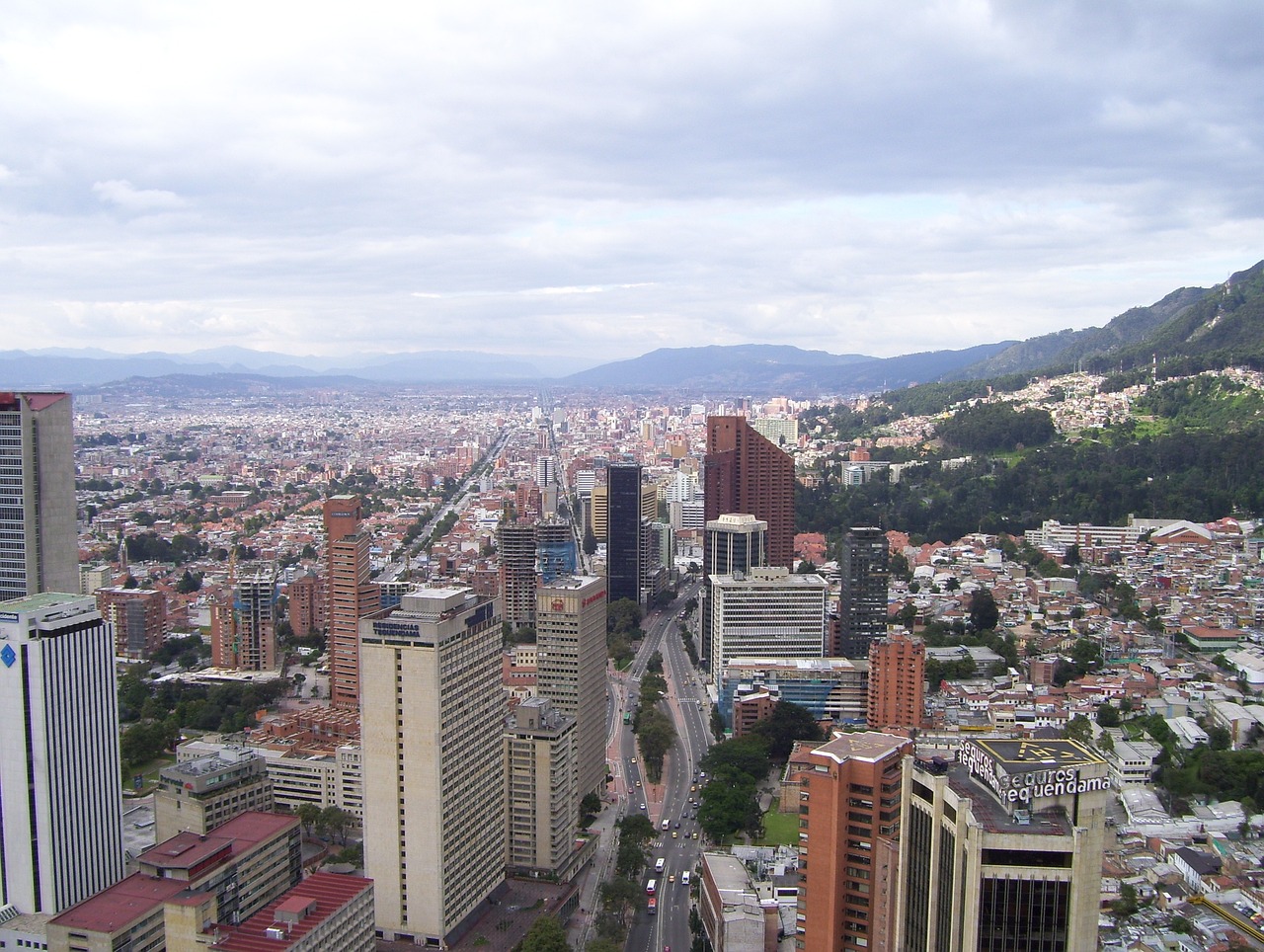
Teatro Colon
Teatro Colon is one of the most iconic theaters in Bogota and a symbol of the city’s cultural heritage. This majestic building, designed in a neoclassical style, hosts a variety of artistic performances, including ballet, opera, and theater.
- Architectural Beauty: The exterior of Teatro Colon is adorned with intricate details and sculptures, making it a sight to behold.
- Interior Grandeur: The theater’s interior is equally impressive, featuring lavish decorations, ornate balconies, and a stunning chandelier.
- Performances: Teatro Colon showcases a diverse program of performances, attracting both local and international artists.
Attending a show at Teatro Colon is a cultural experience that should not be missed when visiting Bogota.
Monserrate
Monserrate is a mountain that overlooks Bogota, offering breathtaking panoramic views of the city. It is a popular pilgrimage site and a significant religious landmark in Colombia.
- Santuário del Señor Caído: At the top of Monserrate, you will find the Santuário del Señor Caído, a sanctuary that houses a venerated statue of Jesus Christ. Many devotees climb the mountain to pay their respects.
- Cable Car and Funicular: To reach the summit, visitors can take either the cable car or the funicular, both of which provide stunning vistas along the way.
- Restaurants and Souvenir Shops: The summit of Monserrate also offers dining options and souvenir shops where visitors can enjoy Colombian cuisine and purchase local handicrafts.
A visit to Monserrate provides not only spiritual solace but also a memorable experience of Bogota’s natural beauty.
Bogota Colombia Image 3: 
National Museum of Colombia
The National Museum of Colombia is the oldest museum in the country and holds an extensive collection of Colombian art and historical artifacts. Housed in a former prison, this museum offers a comprehensive overview of Colombia’s history and culture.
- Archaeological Collection: The museum showcases archaeological artifacts from various indigenous cultures that inhabited Colombia before the arrival of Europeans.
- Colonial Art: The Colonial Art section exhibits religious art from the Spanish colonial period, including paintings, sculptures, and religious objects.
- Contemporary Art: The museum also features a collection of contemporary art, showcasing the vibrant and diverse artistic expressions of Colombian artists.
A visit to the National Museum is a journey through Colombia’s past, from its ancient origins to its modern artistic achievements.
Conclusion
Bogota, Colombia’s capital city, is a treasure trove of historical landmarks that provide insight into the country’s rich heritage. From the charming cobblestone streets of La Candelaria to the majestic Teatro Colon and the panoramic views from Monserrate, each landmark offers a unique experience. Exploring these sites allows visitors to immerse themselves in the history, culture, and art of Bogota, making it a truly unforgettable destination.
References
– museodeloro.gov.co
– teatrocolon.gov.co
– banrepcultural.org/museo-colombiano
– museonacional.gov.co


